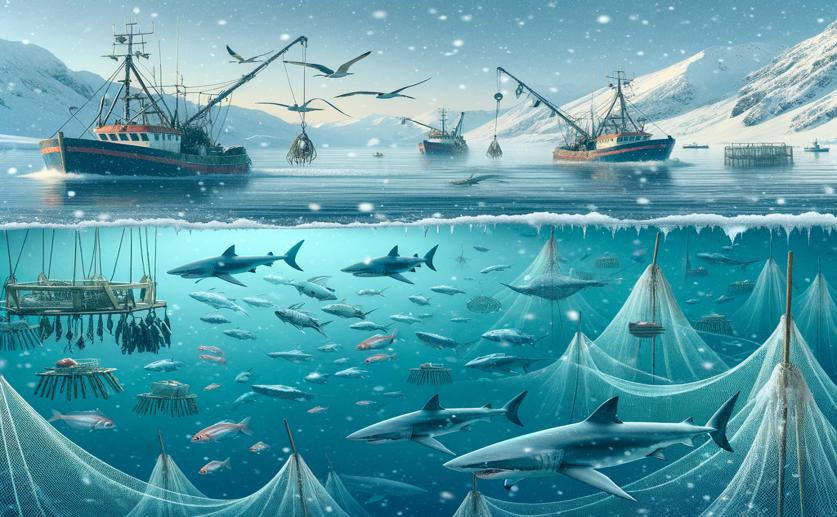
Marine Predator Movements in Winter and Their Impact on Fisheries Management
Jim Crocker
19th May, 2024

Image Source: Natural Science News, 2024
Key Findings
- The British Antarctic Survey studied krill-dependent predators around South Georgia during the winters of 2010 and 2011
- Higher numbers of krill predators, especially Antarctic fur seals, were observed in 2011, a "good" krill year, compared to 2010, a "poor" krill year
- Significant overlap was found between fur seals and the krill fishery in the northeast, indicating potential competition for resources
EnvironmentEcologyMarine Biology
References
Main Study
1) At-sea distribution of marine predators around South Georgia during austral winter, with implications for fisheries management
Published 18th May, 2024
https://doi.org/10.1007/s00300-024-03257-6
Related Studies
2) Wintertime overlaps between female Antarctic fur seals (Arctocephalus gazella) and the krill fishery at South Georgia, South Atlantic.
3) The South Georgia and the South Sandwich Islands MPA: protecting a biodiverse oceanic island chain situated in the flow of the antarctic circumpolar current.



 23rd April, 2024 | Jim Crocker
23rd April, 2024 | Jim Crocker